Freeze-dried cellular components can be rehydrated to enable on-demand, portable biomanufacturing.


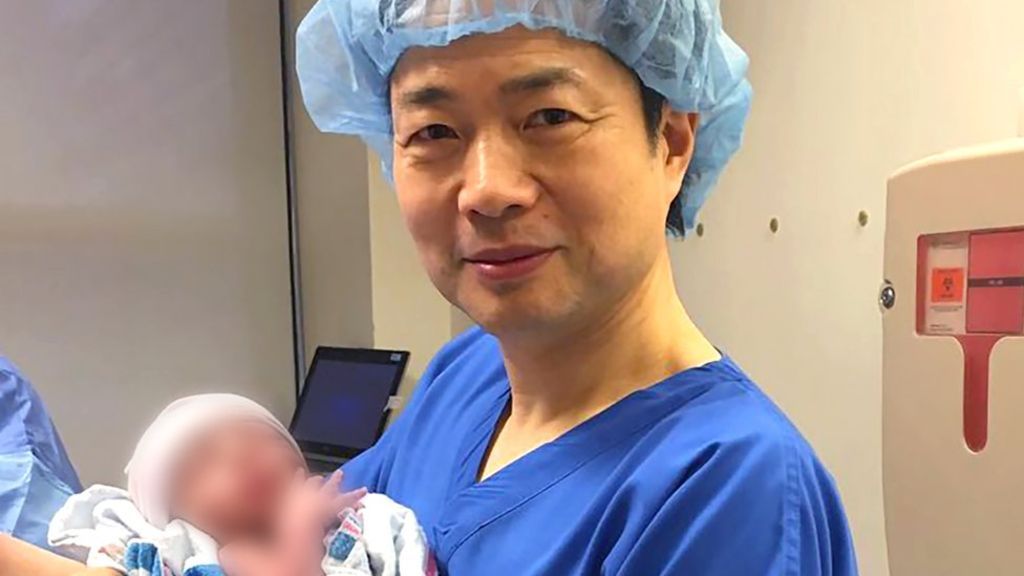

In a world first, a baby has been born with DNA from three biological parents.
Five-month-old Abrahim Hassan’s Jordanian parents, Ibtisam Shaban and Mahmoud Hassan, were treated by a U.S. team based in Mexico using a controversial technique that allows parents with rare genetic mutations to have healthy babies, the New Scientist reports.
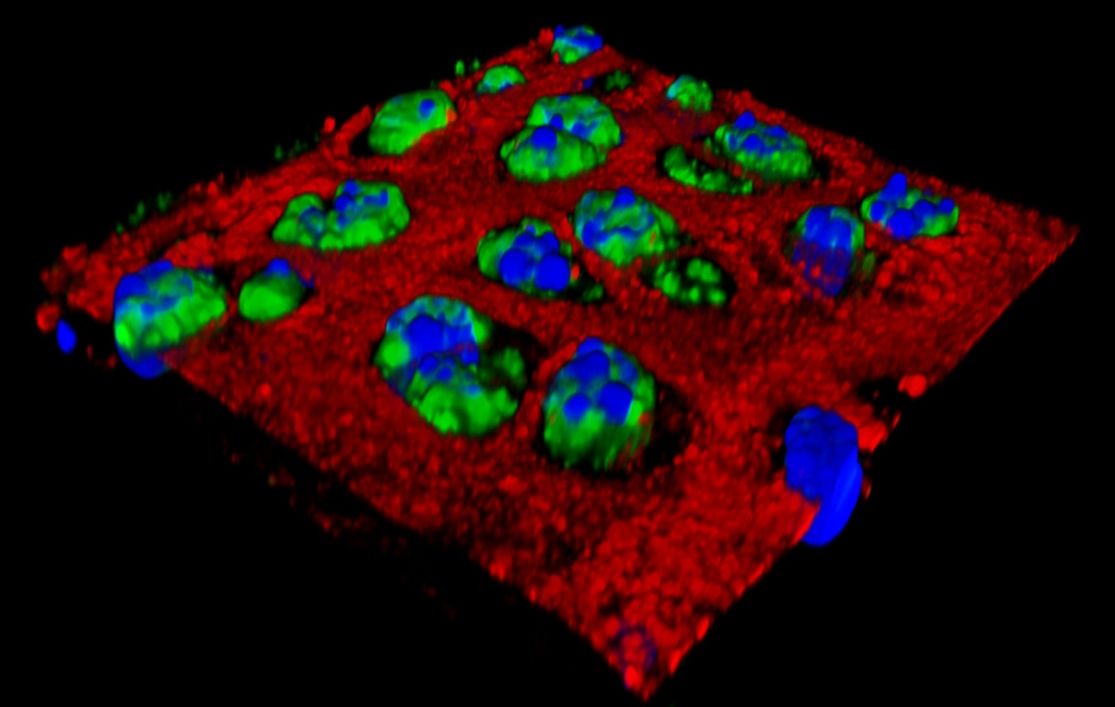
Osteoarthritis is a debilitating condition that affects at least 27 million people in the United States, and at least 12 percent of osteoarthritis cases stem from earlier injuries. Over-the-counter painkillers, such as anti-inflammatory drugs, help reduce pain but do not stop unrelenting cartilage destruction. Consequently, pain related to the condition only gets worse.
Now, researchers at Washington University School of Medicine in St. Louis have shown that they can inject nanoparticles into injured joints in mice and suppress inflammation immediately following an injury, reducing the destruction of cartilage.
The findings are reported online Sept. 26 in the early edition of the Proceedings of the National Academy of Sciences.
You can make your own medical device or pay full price for the patented product.

These days there are a quite a few high-tech ways to keep our oral hygiene in check, from toothbrushes that track your technique to smart floss dispensers that encourage healthy habits. Mint is the latest connected solution to hit bathrooms and beyond, and is said to detect signs of gum disease and poor oral hygiene on your breath in the space of a few seconds.
Developed by Breathometer, the same company behind the smartphone-based breathalyzer we covered back in 2013, Mint is small handheld device that hooks up with iOS and Android smartphones to check in on the state of affairs inside your mouth. After a successful Indiegogo campaign in March 2015 and some good attention at the CES conference that same year, the device has finally started shipping today.
A sensor array inside the device measures the volatile sulfur compounds (VSCs) in your breath. Studies have shown these to be key culprits behind bad breath, but their presence might do more than send your significant other running in the other direction. They can also be indicative of gum disease and poor oral health.
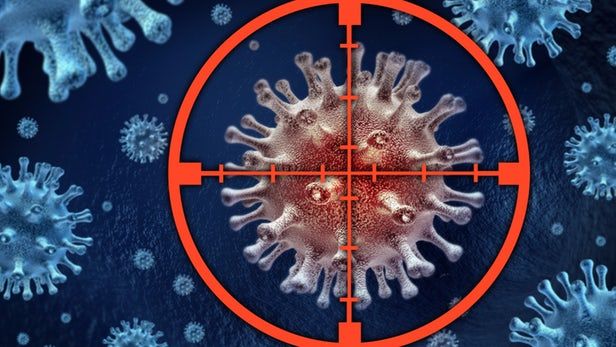
When a malignant tumor invades the body, immune cells rush to the site to begin to fight it. When that same tumor spreads throughout the body, however, the cancer cells become invisible to our immune systems and can metastasize unencumbered by our natural defenses. Researchers out of the University of British Columbia (UBC) are on to cancer’s tricky cloaking mechanism though, and their discovery could lead to new approaches to attacking the disease.
“We discovered a new mechanism that explains how metastatic tumours can outsmart the immune system and we have begun to reverse this process so tumours are revealed to the immune system once again,” said Wilfred Jefferies, senior author of a new study in Scientific Reports and a professor of medical genetics and microbiology and immunology at UBC.
The discovery hinges on a protein called interleukein-33, or IL-33 that’s present in primary tumors. When the tumors emit this protein, it causes another protein complex known as the major histocompatibility complex (MHC) to activate, which tags the cancer cells as a bad presence in the body and guides the immune system to get to work destroying them.
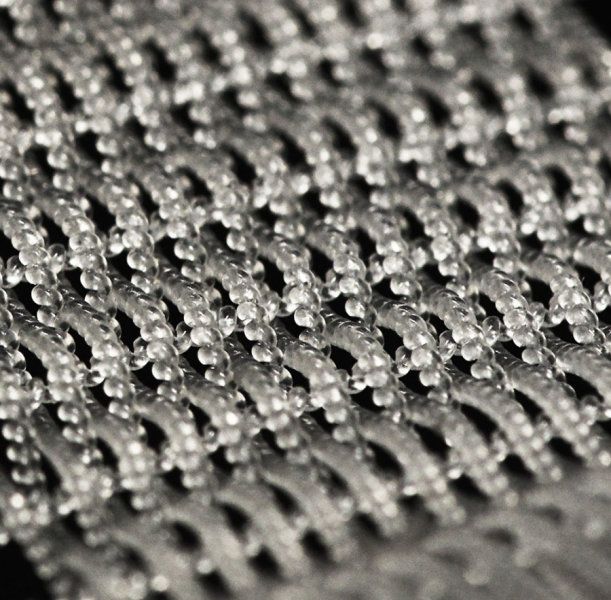
In a perspective article published Sept. 26 online in the Proceedings of the National Academy of Sciences, a team of scientists at UT Dallas’ Alan G. MacDiarmid NanoTech Institute describes the path to developing a new class of artificial muscles made from highly twisted fibers of various materials, ranging from exotic carbon nanotubes to ordinary nylon thread and polymer fishing line.
Because the artificial muscles can be made in different sizes and configurations, potential applications range from robotics and prosthetics to consumer products such as smart textiles that change porosity and shape in response to temperature.
“We call these actuating fibers ‘artificial muscles’ because they mimic the fiber-like form-factor of natural muscles,” said Dr. Carter Haines, associate research professor in the NanoTech Institute and co-lead author of the PNAS article, with research associate Dr. Na Li. “While the name evokes the idea of humanoid robots, we are very excited about their potential use for other practical applications, such as in next-generation intelligent textiles.” Science Based on Ancient Art.

This computational illustration shows a graphene network structure below a layer of water.
New analysis finds way to safely conduct heat from graphene to biological tissues.
In the future, our health may be monitored and maintained by tiny sensors and drug dispensers, deployed within the body and made from graphene — one of the strongest, lightest materials in the world. Graphene is composed of a single sheet of carbon atoms, linked together like razor-thin chicken wire, and its properties may be tuned in countless ways, making it a versatile material for tiny, next-generation implants.
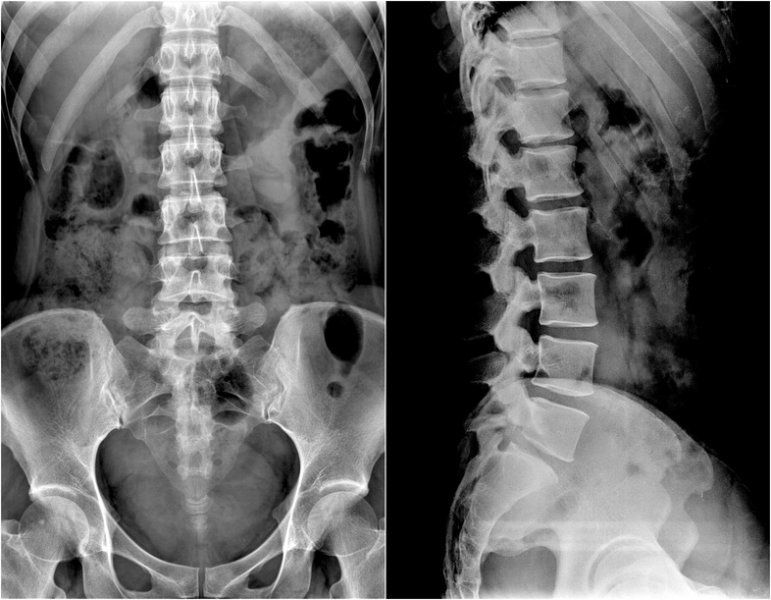
The combination of graphene nanoribbons made with a process developed at Rice University and a common polymer could someday be of critical importance to healing damaged spinal cords in people, according to Rice chemist James Tour.
The Tour lab has spent a decade working with graphene nanoribbons, starting with the discovery of a chemical process to “unzip” them from multiwalled carbon nanotubes, as revealed in a Nature paper in 2009. Since then, the researchers have used them to enhance materials for the likes of deicers for airplane wings, better batteries and less-permeable containers for natural gas storage.
Now their work to develop nanoribbons for medical applications has resulted in a material dubbed Texas-PEG that may help knit damaged or even severed spinal cords.